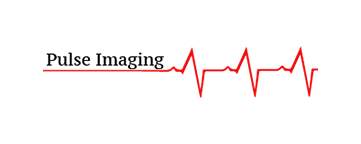CBC Differential and Platelets with Smear Review
Peripheral Smear, Blood Film, Manual Differential, Differential Slide, Red Blood Cell Morphology. Erythrocyte Morphology, Leukocyte Differential
- Anemia
- Hemoglobin variants including sickle cell anemia and thalassemia
- Leukemia
- Myeloproliferative or myelodysplastic neoplasms
- Bone marrow disorders
- Infections and/or inflammation can lead to an increase in certain types of WBCs
- Bone marrow disorders - depending on which type of disorder it is, the absolute or relative numbers of white blood cells may increase or decrease
- Allergies have an impact on the number of eosinophils
- Leukemia, myelodysplastic syndrome, or myeloproliferative neoplasm — immature white blood cells like blasts may appear in the blood smear. If blasts appear in a blood smear, they may point to a serious bone marrow disease. They can be found in other cases, such as when the bone marrow is recovering or regenerating from chemotherapy or, as another example, stimulated by a medication prior to stem cell collection.
Our clinical experts continually monitor the health and medical content posted on CURA4U, and we update our blogs and articles when new information becomes available. Last reviewed by Dr.Saad Zia on June 04, 2023.
References
Purpose and Criteria for Blood Smear Scan, Blood Smear Examination, and Blood Smear Review
https://synapse.koreamed.org/upload/synapsedata/pdfdata/3039alm/alm-33-1.pdf
Laboratory Productivity and the Rate of Manual Peripheral Blood Smear Review: A College of American Pathologists Q-Probes Study of 95 141 Complete Blood Count Determinations Performed in 263 Institutions | Archives of Pathology & Laboratory Medicine
Frequently ordered together
CBC (includes Differential and Platelets)
Platelet Count
Red Blood Cell RBC Count
Reticulocyte Count
White Blood Cell Count WBC Count
HEMOGLOBIN AND HEMATOCRIT-HGB and HCT
CBC Differential and Platelets with Smear Review
CBC includes Differential and Platelets with Pathologist Review
HEMOGLOBINOPATHY
White Blood Cell Count WBC and Differential
CBC (HH-RBC-WBC-PLT)
18.00$
14.00$
13.00$
14.00$
13.00$
15.00$
19.00$
47.00$
40.00$
12.00$
16.00$














